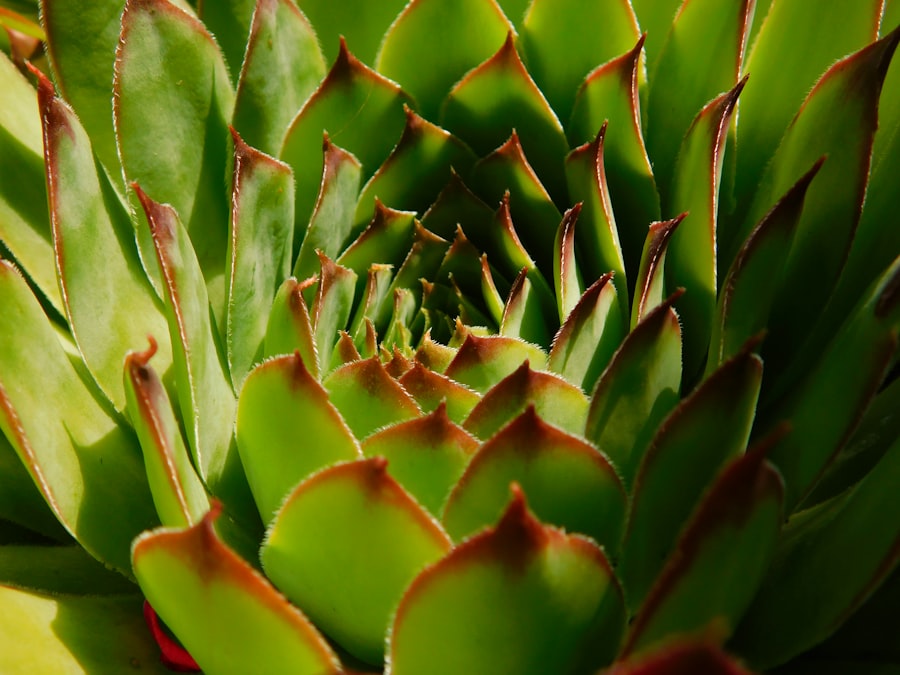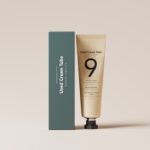After undergoing laser hair removal for your bikini area, it’s essential to grasp the intricacies of the process that follows. The treatment itself involves the use of concentrated light beams that target hair follicles, effectively disabling their ability to grow hair. However, the journey doesn’t end once you leave the clinic.
Understanding what happens in the days and weeks following your session can significantly impact your results and overall experience. In the immediate aftermath of your treatment, you may notice some redness or swelling in the treated area. This is a normal response as your skin reacts to the laser.
It’s crucial to remember that this reaction is temporary and should subside within a few hours to a couple of days. During this time, your skin is particularly sensitive, and you should take care to avoid any irritants that could exacerbate discomfort or lead to complications. Familiarizing yourself with the healing process will help you manage expectations and prepare for the best possible outcome.
Key Takeaways
- Post-laser bikini hair removal involves a series of treatments to achieve desired results
- Proper hygiene and skincare after laser hair removal is crucial to prevent infection and irritation
- Managing discomfort and potential side effects such as redness and swelling is important for a smooth recovery
- Protecting the treated area from sun exposure is essential to prevent hyperpigmentation and damage to the skin
- Avoiding certain activities and products post-treatment, such as hot baths and perfumed lotions, can help prevent irritation and complications
Proper hygiene and skincare after laser hair removal
Maintaining proper hygiene and skincare after your laser hair removal session is vital for ensuring optimal results. You should keep the treated area clean and free from bacteria to prevent any potential infections. Gently washing the area with a mild, unscented soap and lukewarm water is recommended.
Avoid scrubbing or using harsh exfoliants, as your skin will be sensitive and in need of gentle care. In addition to cleanliness, moisturizing the treated area is equally important. Applying a soothing lotion or aloe vera gel can help alleviate any dryness or irritation you may experience.
Look for products that are fragrance-free and designed for sensitive skin to minimize the risk of adverse reactions. Keeping your skin hydrated not only aids in recovery but also enhances the overall appearance of the treated area, allowing you to enjoy the benefits of your laser hair removal for longer.
Managing discomfort and potential side effects

Experiencing some discomfort after laser hair removal is common, but there are effective ways to manage it. You might feel a sensation similar to mild sunburn, which can be alleviated with cold compresses or ice packs applied to the area for short intervals. This can help reduce swelling and soothe any irritation you may feel.
Over-the-counter pain relievers, such as ibuprofen or acetaminophen, can also be beneficial if you find yourself in need of additional relief. While side effects are generally minimal, it’s essential to be aware of potential reactions that could occur. In rare cases, you might experience blistering or changes in skin pigmentation.
If you notice any unusual symptoms or if discomfort persists beyond a few days, it’s crucial to consult with your dermatologist or technician. They can provide guidance on how to address these issues effectively and ensure that your healing process remains on track.
Protecting the treated area from sun exposure
| Metrics | Results |
|---|---|
| Sunscreen SPF used | 30 |
| Duration of sun exposure | 2 hours |
| Protective clothing worn | Yes |
| Shade availability | No |
One of the most critical aspects of post-laser care is protecting the treated area from sun exposure. Your skin will be more sensitive following the procedure, making it susceptible to sunburn and pigmentation changes. To safeguard your skin, it’s advisable to avoid direct sunlight for at least two weeks after your treatment.
If you must be outdoors, wearing protective clothing or using an umbrella can provide an extra layer of defense. Additionally, applying a broad-spectrum sunscreen with an SPF of 30 or higher is essential when you do venture outside. Look for sunscreens that are specifically formulated for sensitive skin to minimize irritation.
Reapplying sunscreen every two hours, especially if you’re sweating or swimming, will help maintain protection and prevent any adverse effects from sun exposure on your treated skin.
Avoiding certain activities and products post-treatment
In the days following your laser hair removal session, it’s wise to avoid specific activities and products that could interfere with your recovery. High-intensity workouts or activities that cause excessive sweating should be postponed for at least 24-48 hours after treatment. This is because sweat can irritate the sensitive skin in the bikini area and increase the risk of complications.
Moreover, steer clear of products that contain harsh chemicals or fragrances during your recovery period. This includes certain body washes, lotions, and even some laundry detergents that may come into contact with your skin. Opt for gentle, hypoallergenic alternatives instead.
Maintaining the results of laser hair removal

Follow-Up Sessions for Optimal Results
Once you’ve completed your laser hair removal sessions, maintaining those results becomes a priority. While many individuals experience long-lasting effects after just a few treatments, some may require periodic touch-ups to keep unwanted hair at bay. It’s essential to follow your technician’s recommendations regarding follow-up sessions based on your unique hair growth patterns.
Skincare Routine for Prolonged Results
In addition to scheduling touch-ups as needed, adopting a consistent skincare routine can help prolong the results of your treatment. Regularly moisturizing the bikini area can keep the skin healthy and supple, while gentle exfoliation can prevent ingrown hairs from forming.
Proactive Skincare for Smooth Skin
By taking proactive steps in your skincare regimen, you can enjoy smooth skin for an extended period.
Following up with your dermatologist or technician
Regular follow-ups with your dermatologist or technician are crucial for ensuring that your laser hair removal journey remains on track. These appointments allow you to discuss any concerns or questions you may have about your treatment progress. Your provider can assess how well your skin is responding and make any necessary adjustments to your treatment plan.
During these follow-up visits, don’t hesitate to share any experiences you’ve had since your last session. Whether it’s discomfort, unexpected side effects, or questions about maintenance, open communication will help your provider tailor their approach to meet your needs effectively. By staying engaged in your care, you’ll be better equipped to achieve optimal results from your laser hair removal.
Tips for long-term bikini hair removal care
To ensure long-term success with your bikini hair removal journey, consider implementing a few additional tips into your routine. First and foremost, always prioritize sun protection for the treated area, even beyond the initial healing phase. Continued use of sunscreen will help prevent pigmentation changes and maintain an even skin tone.
Additionally, consider incorporating regular exfoliation into your skincare routine once your skin has fully healed. This practice can help prevent ingrown hairs and keep the skin smooth and healthy. However, be cautious not to over-exfoliate; gentle methods such as using a soft washcloth or mild exfoliating scrub once a week should suffice.
Lastly, listen to your body and pay attention to how your skin responds over time. If you notice any changes in hair growth patterns or experience discomfort, don’t hesitate to reach out to your dermatologist for guidance. By staying proactive about your skincare and maintenance routine, you can enjoy the benefits of laser hair removal for years to come while keeping your bikini area looking its best.
If you’re looking for more information on aftercare for bikini laser hair removal, be sure to check out this helpful article on inlaserhairremoval.
com/fashion-home-5/’>inlaserhairremoval.com. This article provides tips and advice on how to properly care for your skin after undergoing a bikini laser hair removal treatment. For more articles and resources on laser hair removal, visit inlaserhairremoval.com and inlaserhairremoval.com.
FAQs
What is bikini laser hair removal?
Bikini laser hair removal is a cosmetic procedure that uses a laser to remove unwanted hair in the bikini area. It is a long-term solution for reducing hair growth and achieving smooth skin.
What is aftercare for bikini laser hair removal?
Aftercare for bikini laser hair removal includes keeping the treated area clean and moisturized, avoiding sun exposure, wearing loose clothing, and avoiding activities that may irritate the skin.
How long does it take to see results after bikini laser hair removal?
It typically takes several sessions to see significant results from bikini laser hair removal. Most people notice a reduction in hair growth after the first few sessions, with optimal results achieved after completing the recommended number of treatments.
Is there any downtime after bikini laser hair removal?
There is minimal downtime after bikini laser hair removal. Some people may experience redness or mild irritation in the treated area, but this usually subsides within a few hours to a few days.
Can I shave or wax between laser hair removal sessions?
It is recommended to avoid shaving or waxing between laser hair removal sessions, as these methods can disrupt the hair growth cycle and affect the effectiveness of the treatment. However, it is important to follow the specific guidelines provided by your laser hair removal technician.






